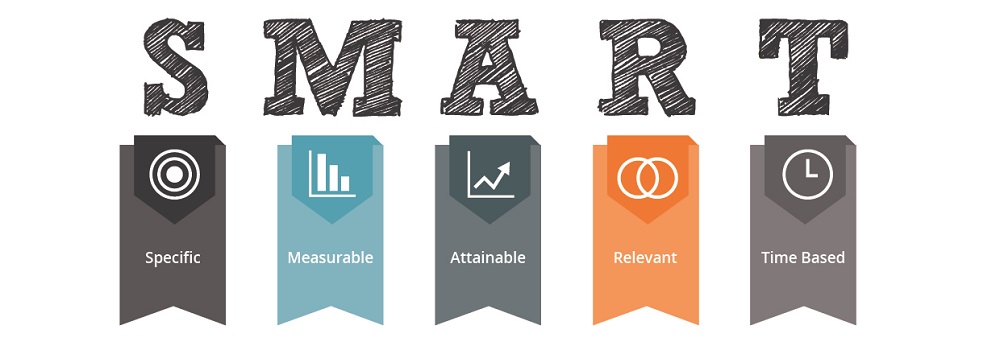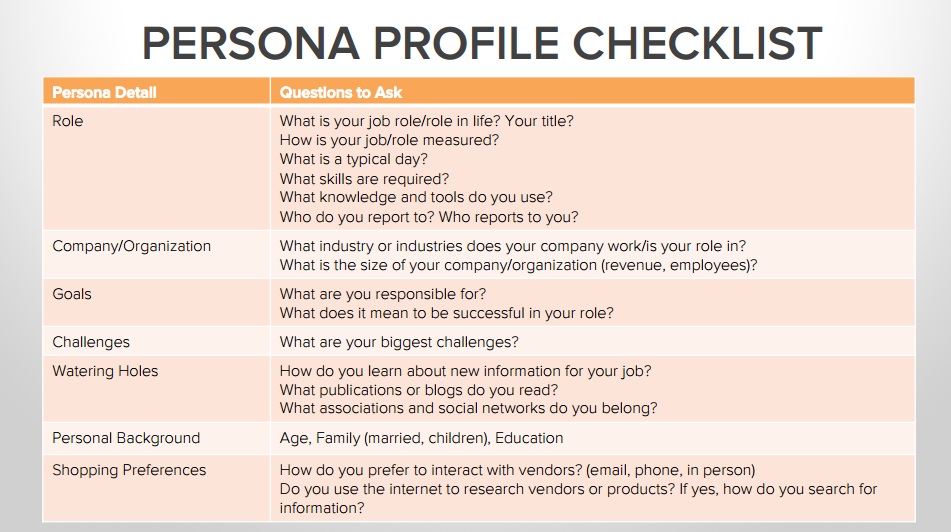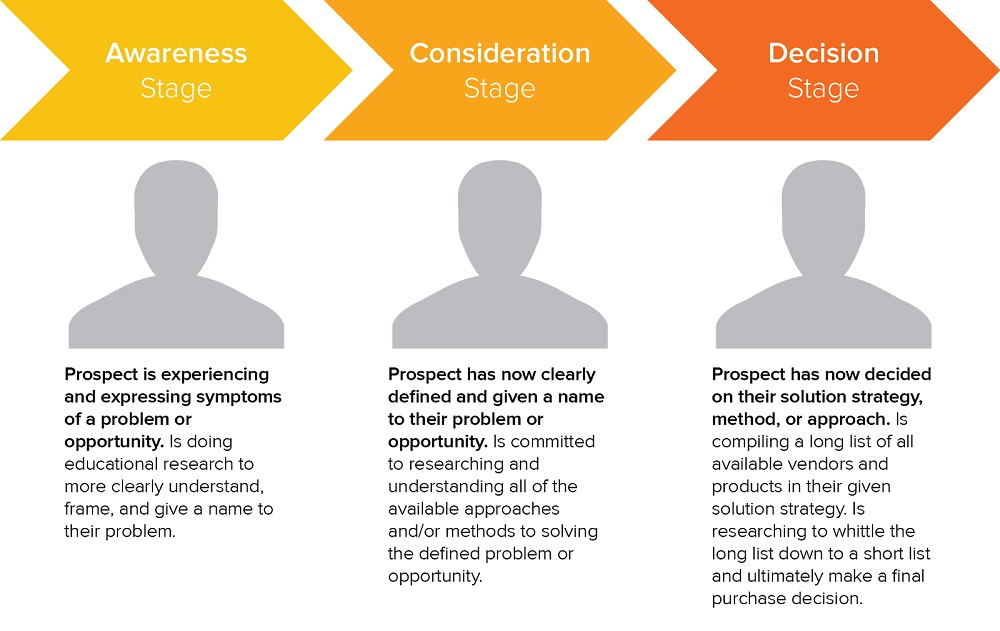App Store Optimization Services
Developing a digital marketing strategy is a basic starting point as it will help you define some essential elements to guide your marketing efforts.
Having a written plan will allow you to set clear and achievable goals based on the understanding of your business, your audience and your resources, and can reveal new opportunities and expand your reach.
Table of Contents
Introduction
1. Set your Objectives
2. Analyse your Past
3. Analyse your Competitors
4. Build your Buyer Personas
5. Create a Journey Map
6. Identify your Budget and Resources
7. Identify the Correct Channels
8. Create Relevant Content
9. Develop KPIs
10. Measure Results
Conclusion
Introduction
We live in a digital era and many companies have taken advantage of the technological advances through B2C and B2B marketing strategies. Nowadays it is common for a company to own a website, social media accounts, or even run online advertising, however, they may not have a proper digital strategy. According to the latest study by Smart Insights, 46% of brands don’t have a defined digital marketing strategy, while 16% do have a strategy but haven’t yet integrated it into their marketing activity.
Many companies are still missing a lot of growing opportunities through better targeting and optimization. And the importance of a strategy is such, that statistics reveal that companies with a clear marketing plan see 60% faster growth than those without a marketing plan.
Developing a digital marketing strategy is a basic starting point as it will help you define some essential elements to guide your marketing efforts. Having a written plan will allow you to set clear and achievable goals based on the understanding of your business, your audience and your resources, and can reveal new opportunities and expand your reach.
1. Set your Objectives
Your digital marketing mission must fit into your grand business plan. If your company doesn’t have one, start by describing your company and its goals in a few words so that you have the needed clarity. Remember to identify what makes your brand different and unique from others and to create a brand positioning statement that gives you the clarity to position your products and services correctly.
Once you have clear business objectives, next step is to deconstruct these into your digital goals. So if one of your business objectives is to increase your sales during blackfriday for example, then your digital goal could be to increase the conversion rate on your website. Just like in this example, you should think about how your digital objectives will align with your overall business goals.
It is essential that your digital marketing strategy features SMART marketing objectives to make them even more clear:

- Specific: Write down an objective that is sufficiently detailed, clearly articulated and easily understood.
- Measurable: You need to be able to measure your objectives. Make sure to have the right digital marketing tools to measure all your efforts.
- Attainable: Set achievable objectives. They should be entirely plausible and within your capacity.
- Relevant: The objectives you set must be relevant to your business goals and your digital marketing strategy.
- Time-Based: Objectives need to be completed within a time frame that you set. These will allow you to benchmark progress throughout your projects.
2. Analyse your Past
Before you start a new digital marketing strategy, it is always a good idea to analyse your past success and failures in order to improve in the areas that need more work.
Evaluate your previous goals and take time to determine whether or not you’ve been hitting your target projections and getting enogh return of invesment (ROI) to grow thanks to your digital strategy. Also asses if those goals you had make sense for your company based on its current performance and objectives, and maybe accommodate new objectives based on your current products or service offerings.
Also, take a look at the specific types of messages that you’ve been releasing and determine if those messages were in line with your customer’s expectations. If you aren’t seeing good results in terms of engagement, then you should adapt your message to match your company’s messaging with your customer’s interests.
3. Analyse your Competitors
Before your start developing your digital marketing strategy you should analyse your competitors in order to get valuable insights. By running a competitive analysis you can surpass your competitors efforts by learning from their mistakes and taking advantage of some gaps in the market.
A good competitive analysis needs the following steps:
1. Find who your competitors are:
By finding your competitors you can develop a clearer picture of what the overall market looks like before working on your strategy. You should look for them on the different online channels you think are relevant. They are the ones ranking for your most important keywords or the ones looking to sell the same kind of products or services on social media.
2. Find about new tactics:
Once you know who your competitors are you will be able to identify which tactics are used by the most successful ones. You may find tactics you didn’t even think about or assumed wouldn’t work for you like artificial intelligence strategies, but you need to be open: if something is working well for multiple businesses in your area, then it can work well for you too.
3. Identify market gaps:
Replicating the exact tactics your competitors are using is not ideal. Success is found on a well-balanced marketing strategy and you also need to consider taking advantage of the tactics your competitors aren’t using.
4. See your business from another perspective:
Comparing yourself with your competitors can give you a fresh perspective on your current strategy. By researching your competitors you can get new ideas on the best way to reach out to and connect with your audience.
5. Reflect on your business:
Now that you know everything about your competitors, you can reflect on your own strengths and weaknesses. Competitive analysis should look outward but also inside your own business in order to find the biggest opportunities to capitalize on.
4. Build your Buyer Personas
Defining who you are going to sell your products to is a huge part of your strategy: your audience must be at the heart of all your digital marketing efforts. Knowing everything about your customers before you try to reach them is very important if you want to have a clear direction and use all your resources more efficiently.
The best way to do this is through the creation of buyer personas. These are semi-fictional representations of your ideal customer made up of detailed information such as demographic data and psychological information. Your persona should be defined in as much detail as possible. You can guide your research with the following questions:

When you do your persona interviews and market research try to get information about three key data points:
- Why they purchase certain products and services.
- How they reach to a proper buying decision.
- What or who has the biggest influence on their purchases
This will allow you to guide your product development and to create the most personalized content to hit the right people at the right time. The more targeted your messages are the more chances you will have to break through the clutter of information online and engage with your audience with the best digital marketing strategy.
5. Create a Journey Map
Once you have your buyer personas it will be easier to create a journey map that helps you understand the way people are interacting with your brand online. This map is also identified as the buyer’s journey and it is made up of three stages:

Understanding these stages will make it easy for you to discover the detailed process your ideal customers follows before he decides to buy your products. You need to identify which channels every customer uses in every stage, and the kind of information they are searching for, in order to deliver what they want.
Always keep your buyer personas in mind. Remember, the better you understand your audience and their habits and behaviors, the more detailed your journey map can be. With this in mind you can also create seasonal digital marketing strategies. And the more detailed your journey map, the more agile your digital strategy.
6. Identify your Budget and Resources
Your digital marketing tactics will depend on the previous points but they will always be constrained by your budget. This indicator will serve as the primary restriction on what you can do with your digital marketing strategy and will also dictate how you allocate your resources.
You need to set yourself a realistic budget. If you have a small budget you should consider leaving costly methods like paid ads and focus on organic posting and engagement. Many digital marketing tactics are cheaper than conventional marketing, so you shouldn’t have a problem.
Usually, the percentage of revenue that you should allocate for your marketing budget will depend on your industry, the size of your company, your brand recognition and most importantly your overall growth goals.
7. Identify the Correct Channels
Based on the understanding you have of your buyer personas, their journey online, and your budget, you can decide which channels are the best for your strategy. Though there are many digital strategy trends you can follow, this needs to be a meditated decision because you can’t use every channel available online, as every one of them requires a dedicated amount of time effort and resources to make it work.
Go after the chanels where your target audience is present because they are most likely to give you results. The more clarity you have on where your ideal customers hang out, the easier it will be for you to choose a channel.

Depending on your budget you may want to use organic (determined on search algorithms) or paid tactics (paid advertisements):.
Organic Marketing:
Search Engine Optimization (SEO): Get your website ranking higher for key transactional keyword searches and get new leads.
Social Media Marketing: Engage your audience and build a community around your brand with organic social media.
Content Marketing: Create and distribute valuable and relevant content with the goal of attracting new leads.
Paid Marketing:
Display advertising: Deliver banner adverts to users on third-party sites to take them to a landing page.
Retargeting: Follow non-converting users around the web, advertising your services or products to them.
Social Media Advertising: Advertise your products or services on the social media networks your audience is engaging.
Paid Content Promotion: Promote your content on a commercial blog or news site and attract a steady stream of genuinely interested readers to your website.
8. Create Relevant Content
The primary task on your digital marketing strategy is to create content that addresses the concerns of your target audience across their buying journey. This is important because according to Hubspot, 47% of buyers engage with 3-5 pieces of content before directly engaging with a company.
Content must be therefore created for your buyers considering their level of engagement with your brand. To guide your content creation base it on the three stages of the digital marketing funnel:

Remember that you don’t need to use every type of content for each stage, and you should rather focus on your target preferences, your budget and your objectives. However, remember to create a clear path to conversion with specific pieces of content that guide your audience through every stage until they decide to buy your products/services.
9. Develop KPIs
At this point of your strategy you must be clear about your objectives and the tactics you are using to achieve those specific goals you set for yourself. Now that you are publishing content on your channels you should be able to inform how the business is performing so you can adapt your strategy if needed.
Metrics need to be established based on Key Performance Indicators (KPI’s) which will inform you the current performance level of a business in achieving its core objectives.
These indicators need to highly impact the corresponding digital marketing objective. For example if one of your goals is to improve the quality of your outreach emails, you can then choose “Response rate” as a KPI.
None of your digital efforts should be done without a clear objective, and none of these objectives should be measured without a corresponding KPI.
In the next image you can see some examples of the basic KPIs per objective:

10. Measure Results
Once you’ve defined relevant metrics and chosen relevant tools to measure your performance you can start reporting on your strategy performance. In order to get the most out of your digital marketing campaign, reporting on targets, goals and KPIs should be done on a consistent basis. At the minimum you should seek a report every month so that you’re able to make any necessary changes on a monthly basis.
Always make sure that the data you’re looking at on your reports truly aligns with the goals of your marketing, as only this can inform you about your digital marketing success.
Conclusion
A strong digital marketing strategy is the cornerstone of a successful business. It can take time and an extremely thoughtful approach, but if done well, it will work as a powerful tool to drive more revenue growth and overall success for your company.
Ready for a winning strategy?


